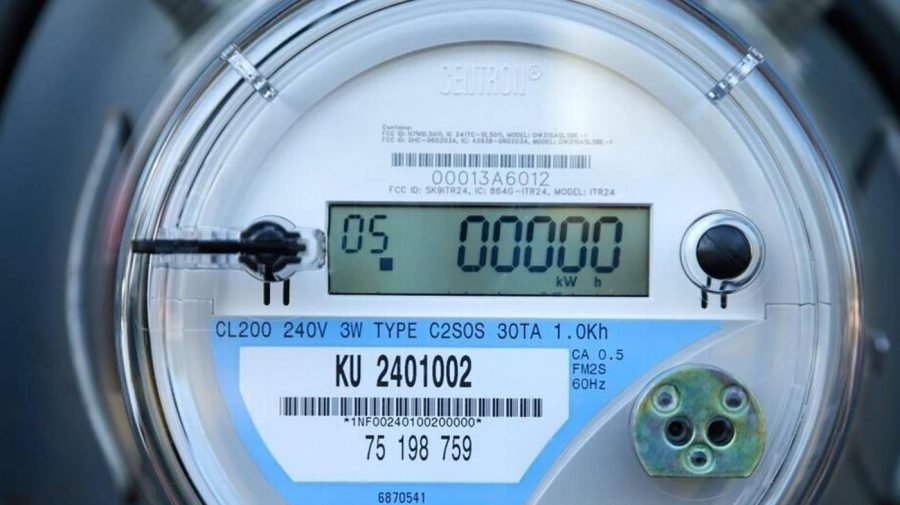
Heating U.S. homes with electricity is expected to be more costly this winter, especially when compared with natural gas or heating oil, federal officials estimate.
In projections published this month, the U.S. Energy Information Administration said the average U.S. consumer who relies on electricity to heat their residence will see expenditures rise 4 percent to $1,133 from November through March 2026. During that period, the price of electricity per kilowatt hour is expected to be 5 percent higher overall, the EIA said.
The cost of electricity varies geographically. People in the Northeast will pay an additional 24 cents or more per kilowatt hour — the highest rates in the country — and fork over a total of $1,519 this winter. By comparison, people in the South will pay between 14.68 cents and 15.54 cents per kilowatt hour, for a total of $1,031 over the same period, according to EIA estimates.
About 42 percent of U.S. households reported using electricity to heat their living space, the EIA said, citing U.S. Census information.
Good news for natural gas, heating oil customers
Households that use other forms of energy will fare better this winter, the agency said.
Natural gas prices will grow by only 1 percent to 3 percent this winter, while the actual expenditures by consumers won’t grow by more than 2 percent. Both heating oil and propane are expected to drop in price, said the EIA, an analytical agency within the Energy Department.


